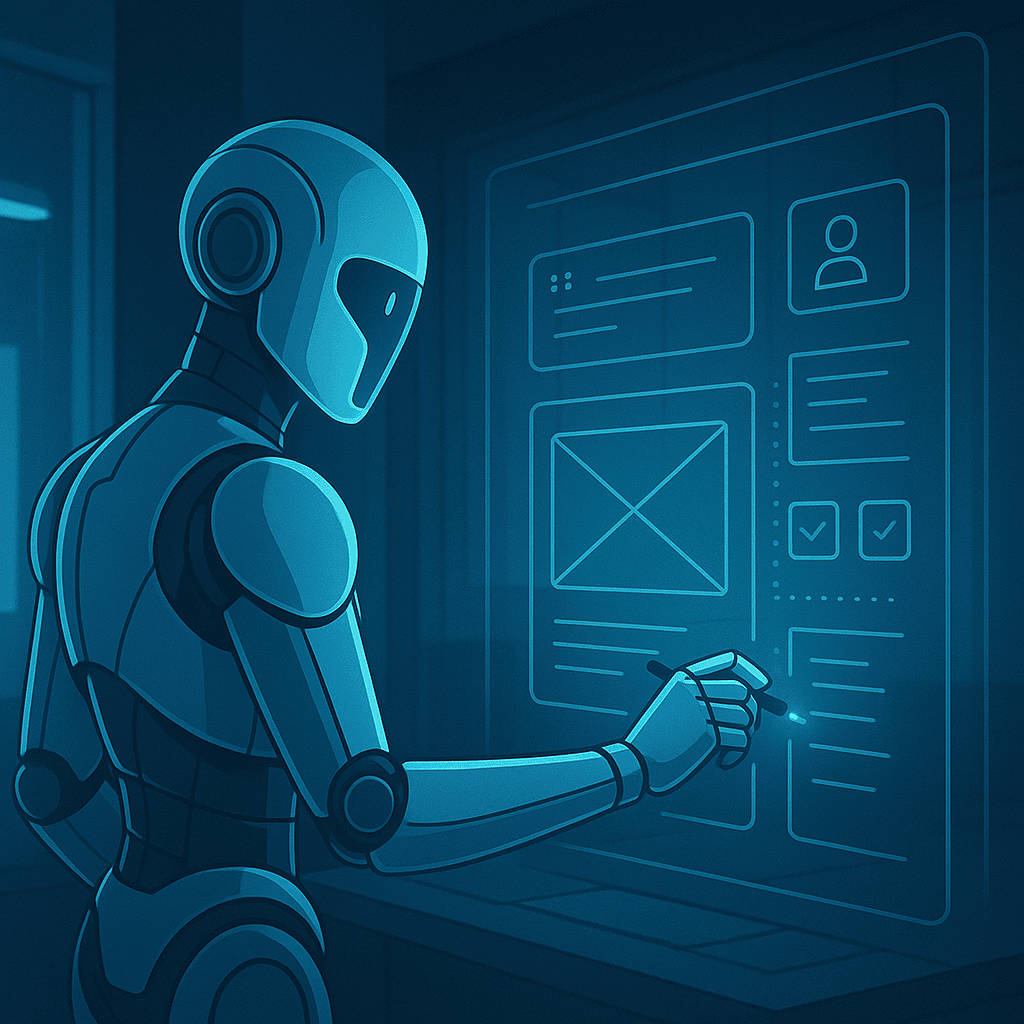Artificial intelligence is no longer just a tool that responds to commands—it’s becoming an active participant in our workflows. Welcome to the era of agentic AI, where systems don’t just execute tasks but reason, plan, and act autonomously to achieve complex goals. For designers and technologists, this shift presents both extraordinary opportunities and critical challenges that will reshape how we build products and experiences.
What Is Agentic Design?
Agentic AI refers to systems capable of independent decision-making and action-taking within defined parameters. Unlike traditional AI that waits for explicit instructions, agentic systems can break down complex objectives, formulate strategies, and execute multi-step workflows with minimal human intervention. Think of it as the difference between a calculator that computes what you tell it and a financial advisor that analyzes your situation and proactively recommends actions.
In the design context, agentic AI transforms how we approach user experience. Rather than designing static interfaces where users manually navigate every step, we’re moving toward systems that anticipate needs, negotiate on behalf of users, and orchestrate actions across multiple platforms. This requires a fundamental rethinking of user agency, transparency, and control.
The Promise: Speed, Scale, and Sophistication
The advantages of agentic AI are compelling. These systems can process vast amounts of information, identify patterns humans might miss, and execute repetitive tasks at unprecedented speed. For businesses, this means operational efficiency gains that were previously unimaginable—automated customer service that actually understands context, supply chain management that adapts in real-time, and design tools that generate iterations based on strategic objectives rather than simple prompts.
For users, agentic systems promise to reduce cognitive load. Instead of managing dozens of apps and workflows, an agentic assistant could handle everything from scheduling to research to purchasing, learning preferences and optimizing outcomes over time. The vision is elegant: technology that works for you, not just with you.
The Challenges: Control, Trust, and Accountability
But this power comes with significant concerns. When AI systems make autonomous decisions, who’s responsible when things go wrong? How do we ensure these agents act ethically and align with human values? The black box problem becomes more acute when the system isn’t just providing recommendations but taking action.
Designers face a paradox: create systems powerful enough to be genuinely useful, yet transparent and controllable enough to maintain user trust. We need new design patterns for oversight—ways to set boundaries, audit decisions, and intervene when necessary without constantly micromanaging. The challenge is designing for appropriate trust: systems that earn confidence through reliability and explainability, not blind automation.
There are also economic and social implications. As agentic systems become more capable, questions about labor displacement, data privacy, and power concentration intensify. Who controls these agents? What data do they access? How do we prevent misuse while enabling innovation?
Designing the Future
The path forward requires thoughtful design principles. First, transparency must be baked in from the start—users should understand what their agents are doing and why. Second, we need robust control mechanisms that balance autonomy with oversight. Third, ethical frameworks must guide development, ensuring agentic systems respect privacy, fairness, and human dignity.
The next generation of digital experiences will be defined by how well we navigate this transition. Agentic AI isn’t a distant future—it’s arriving now, in early forms from scheduling assistants to code generators. The question isn’t whether these systems will reshape our world, but whether we’ll shape them wisely.
Join the Conversation at Poplab
As we explore the intersection of AI and design, Poplab is committed to examining these emerging challenges with rigor and imagination. Whether you’re building agentic systems or designing for them, understanding this shift is essential. Follow our insights and join the conversation as we navigate this transformative moment in technology and design.


Leave a Reply